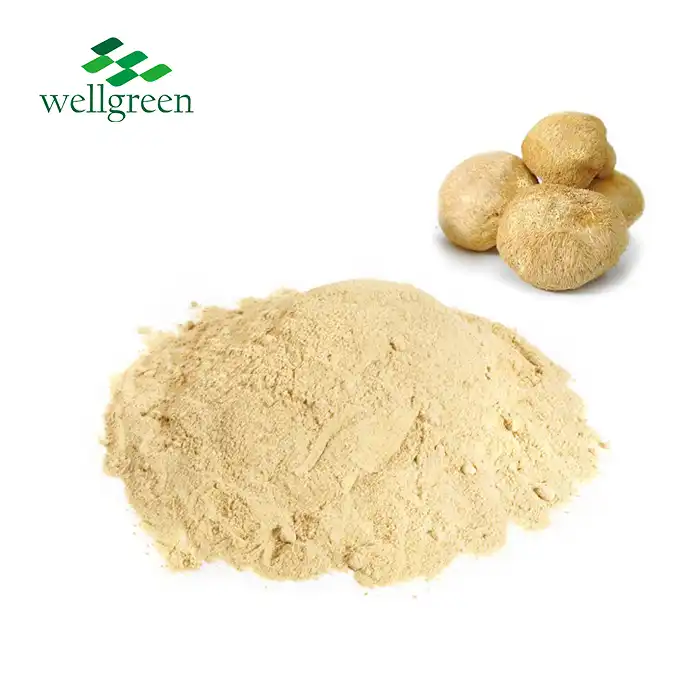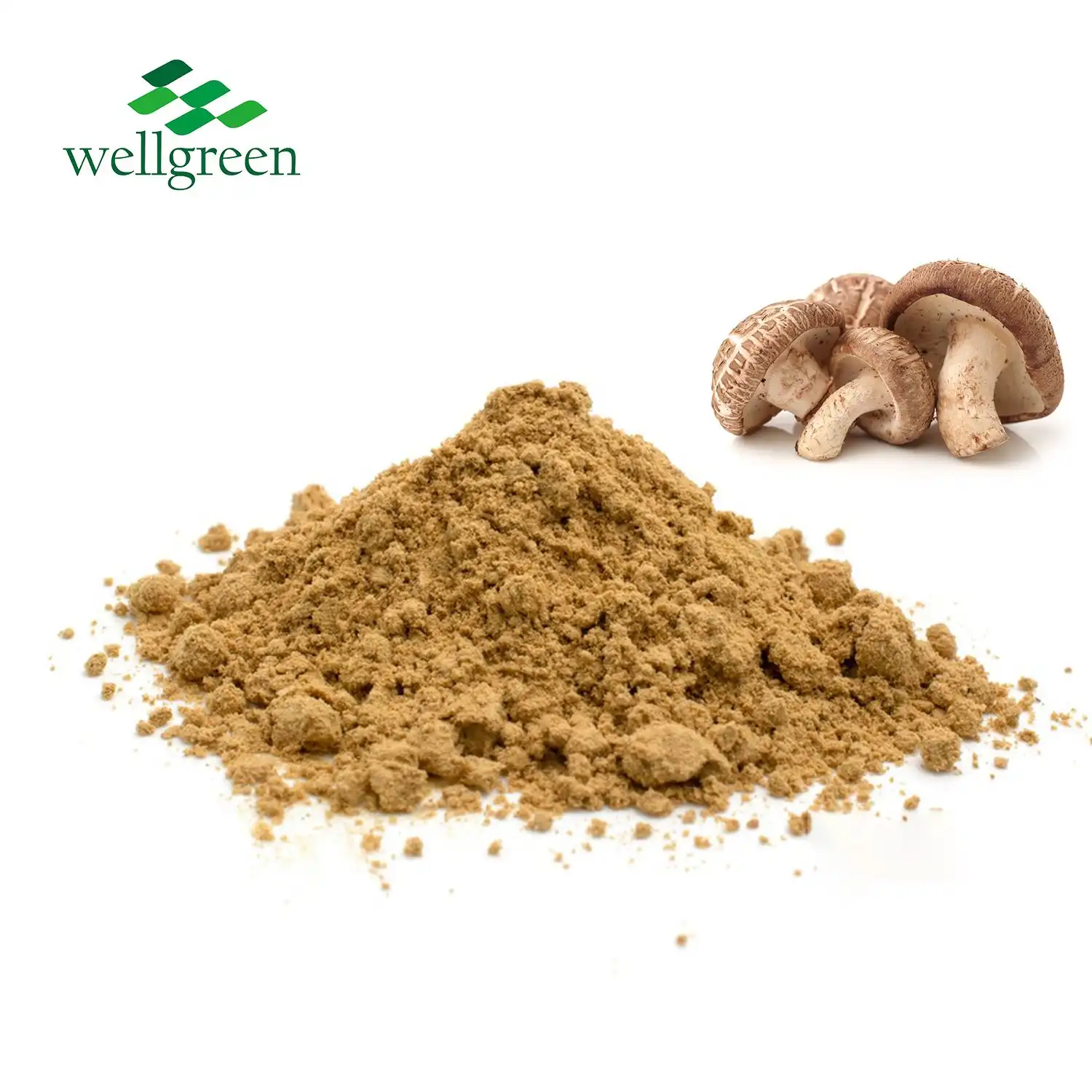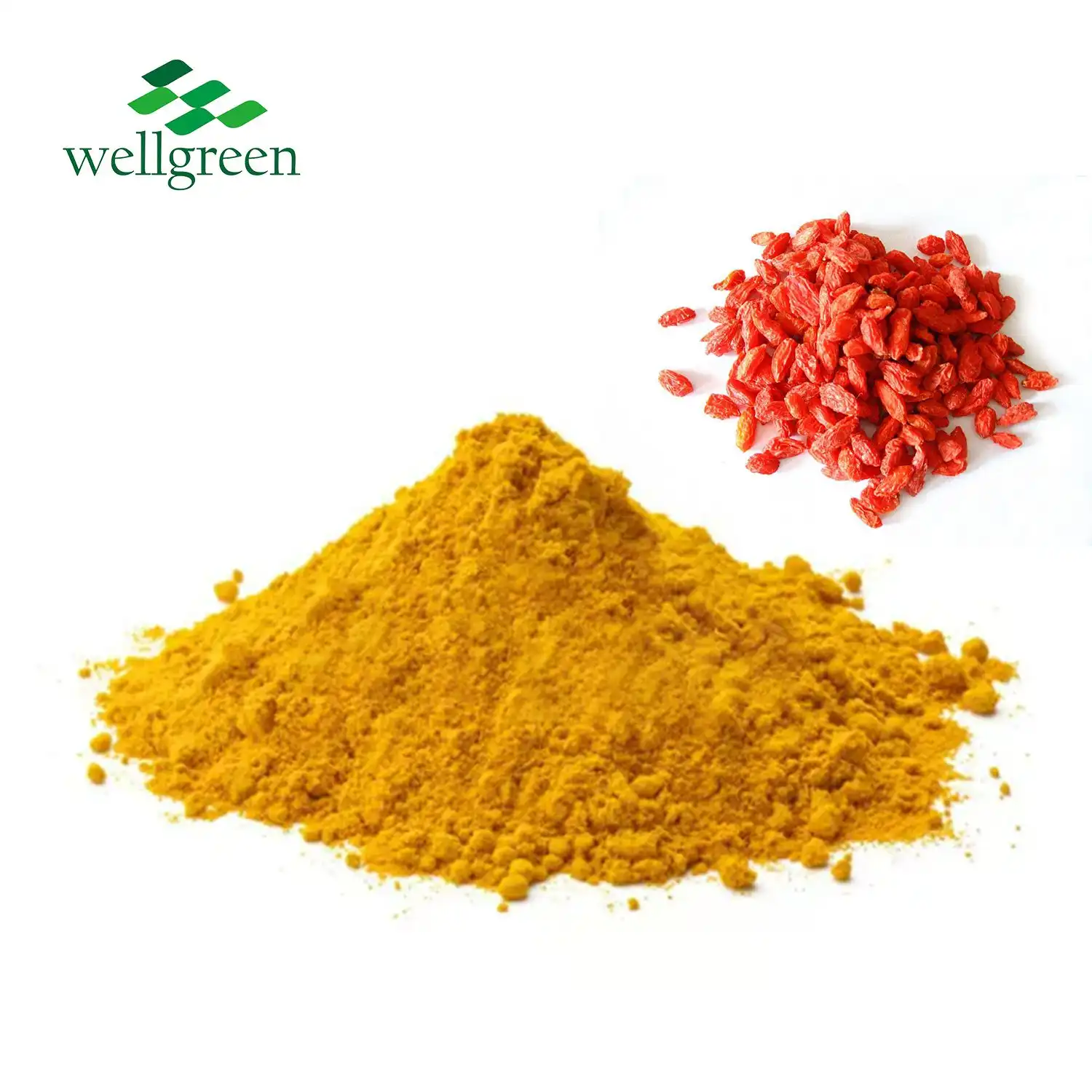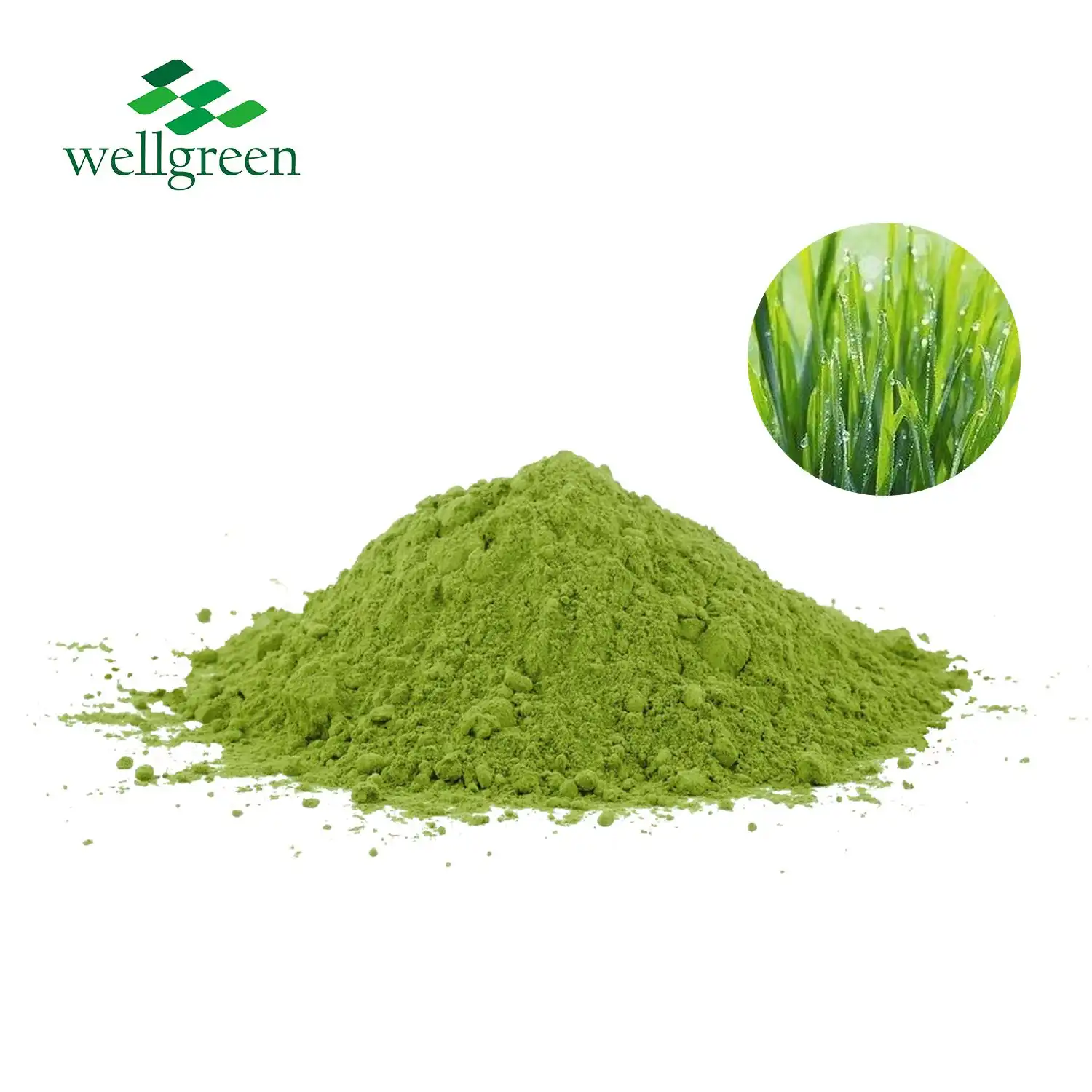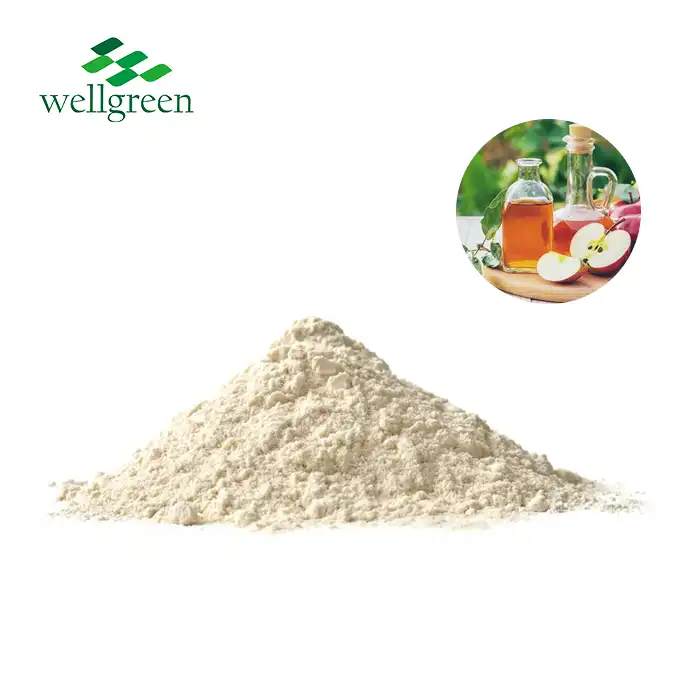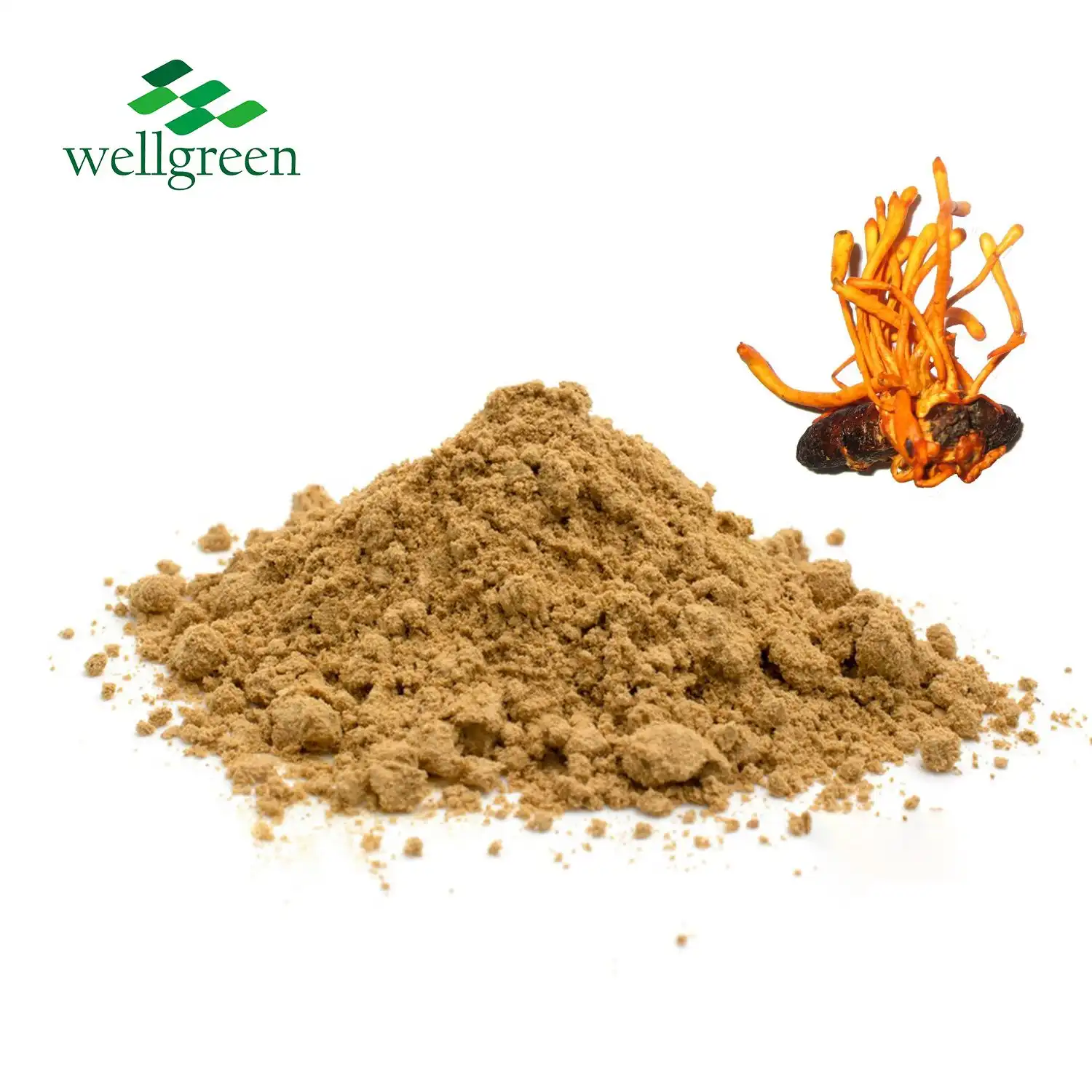Discover the Antioxidant Power of Mogroside Monk Fruit
2025-07-25 13:45:38
Mogroside monk fruit has emerged as a powerful natural sweetener with remarkable antioxidant properties. This unique fruit, native to southern China, contains bioactive compounds called mogrosides that not only provide sweetness but also offer significant health benefits. Recent research has unveiled the potent antioxidant capacity of mogroside monk fruit, making it a subject of great interest in the health and wellness community. By combating oxidative stress and free radicals in the body, the antioxidants in monk fruit may help protect against various chronic diseases and support overall well-being. As we delve deeper into the antioxidant power of mogroside monk fruit, we'll explore its key components, mechanisms of action, and the scientific evidence supporting its potential health-promoting effects.

What Are the Key Antioxidants Found in Monk Fruit?
Mogrosides: The Star Antioxidants
Mogrosides are the primary antioxidants found in monk fruit. These triterpene glycosides are responsible for both the sweetness and the health-promoting properties of the fruit. Mogroside V, in particular, is the most abundant and potent mogroside, comprising over 30% of the monk fruit extract. These compounds have demonstrated impressive antioxidant activities in various studies, showcasing their ability to neutralize harmful free radicals and protect cells from oxidative damage.
Flavonoids: Supporting Cast of Antioxidants
In addition to mogrosides and mogroside monk fruit, monk fruit contains a variety of flavonoids. These plant-based compounds are well-known for their antioxidant and anti-inflammatory properties. The flavonoids in monk fruit work synergistically with mogrosides to enhance the overall antioxidant capacity of the fruit. Some of the flavonoids identified in monk fruit include kaempferol, quercetin, and myricetin derivatives, which collectively contribute to the fruit's impressive antioxidant profile.
Vitamin C and Other Micronutrients
While not as prominent as mogrosides and flavonoids, monk fruit also contains small amounts of vitamin C and other micronutrients that contribute to its antioxidant properties. These additional compounds, though present in smaller quantities, play a supporting role in the fruit's overall antioxidant capacity and potential health benefits.
Mogrosides and Their Role in Oxidative Stress Reduction
Mechanisms of Action
Mogrosides exert their antioxidant effects through multiple mechanisms. They act as direct scavengers of free radicals, effectively neutralizing these harmful molecules before they can damage cellular components. Additionally, mogrosides have been shown to enhance the body's innate antioxidant defense systems by upregulating the production of endogenous antioxidant enzymes such as superoxide dismutase and catalase. This dual action of direct scavenging and boosting the body's defenses makes mogroside powder a powerful ally in combating oxidative stress.
Protection Against Lipid Peroxidation
One of the key ways mogrosides contribute to oxidative stress reduction is by inhibiting lipid peroxidation. This process, which involves the oxidative degradation of lipids in cell membranes, can lead to cellular dysfunction and is implicated in various chronic diseases. Studies have shown that mogrosides can effectively prevent lipid peroxidation, thereby protecting cellular integrity and function. This protective effect is particularly important in organs with high lipid content, such as the brain and liver.
Mitochondrial Function and Energy Production
Emerging research suggests that mogrosides may also play a role in supporting mitochondrial function and energy production. By reducing oxidative stress within mitochondria, the powerhouses of our cells, mogrosides may help maintain optimal cellular energy metabolism. This effect could have far-reaching implications for overall health and vitality, as mitochondrial dysfunction is associated with numerous age-related diseases and conditions.

Scientific Studies on Antioxidant Properties of Monk Fruit Extract
In Vitro Studies
Numerous in vitro studies have demonstrated the potent antioxidant properties of monk fruit extract and its constituent mogrosides. These laboratory experiments have shown that mogroside-rich extracts can effectively scavenge various types of free radicals, including superoxide, hydroxyl, and DPPH radicals. One study published in the Journal of Agricultural and Food Chemistry found that monk fruit extract exhibited higher antioxidant activity than vitamin C on a per-weight basis, highlighting its remarkable antioxidant potential.
Animal Studies
Animal studies have provided valuable insights into the antioxidant effects of monk fruit extract and mogroside monk fruit in living systems. Research conducted on diabetic mice showed that administration of mogroside extract significantly reduced oxidative stress markers and improved antioxidant enzyme activities in the liver and kidneys. Another study published in the Journal of Functional Foods demonstrated that monk fruit extract protected against oxidative stress-induced liver damage in rats, suggesting potential hepatoprotective effects.
Human Clinical Trials
While human clinical trials on the antioxidant properties of monk fruit extract are still limited, preliminary studies have shown promising results. A small-scale study published in the Nutrition Journal found that consumption of a beverage containing monk fruit extract led to a significant increase in plasma antioxidant capacity in healthy adults. These findings, although preliminary, suggest that the antioxidant benefits observed in laboratory and animal studies may translate to human health. However, more extensive clinical trials are needed to fully elucidate the antioxidant effects of mogroside monk fruit in humans and to establish optimal dosages for health benefits.
Conclusion
The antioxidant power of mogroside monk fruit offers exciting possibilities for promoting health and well-being. From its unique mogrosides to supporting flavonoids, this natural sweetener packs a powerful antioxidant punch. As research continues to unfold, we're gaining a deeper understanding of how monk fruit extract can combat oxidative stress, protect cellular integrity, and potentially support overall health. While more human studies are needed, the current evidence suggests that incorporating mogroside monk fruit into our diets may provide more than just sweetness – it may offer a natural boost to our body's antioxidant defenses.
Contact Us
Ready to explore the benefits of mogroside monk fruit for your products? Contact Xi'an Wellgreen at wgt@allwellcn.com to learn more about our high-quality mogroside powder and monk fruit extracts. Our team of experts is here to help you harness the power of this remarkable natural sweetener and antioxidant.
References
1. Di, R., et al. (2011). Anti-inflammatory and antioxidant effects of mogrosides from Siraitia grosvenorii fruits. Journal of Agricultural and Food Chemistry, 59(20), 10959-10967.
2. Qi, X. Y., et al. (2008). Mogrosides extract from Siraitia grosvenorii scavenges free radicals in vitro and lowers oxidative stress, serum glucose, and lipid levels in alloxan-induced diabetic mice. Nutrition Research, 28(4), 278-284.
3. Xu, Q., et al. (2015). Antioxidant effect of mogrosides against oxidative stress induced by palmitic acid in mouse hepatocytes. Pharmaceutical Biology, 53(9), 1254-1259.
4. Li, C., et al. (2014). Protective effects of mogrosides on oxidative stress and inflammation in streptozotocin-induced diabetic mice. Journal of Functional Foods, 10, 235-243.
5. Tao, R., et al. (2020). Mogroside V improves porcine oocyte in vitro maturation and subsequent embryonic development. Theriogenology, 141, 35-40.
6. Chen, W. J., et al. (2007). The antioxidant activities of natural sweeteners, mogrosides, from fruits of Siraitia grosvenorii. International Journal of Food Sciences and Nutrition, 58(7), 548-556.

